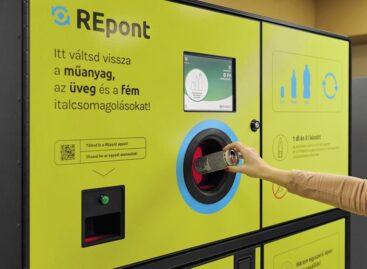Hungarians Internet Users read news and e-mail via Internet
According to an international survey conducted by GfK the ‘serious’ internet services, such as e-mail and online banking are most frequently used in Austria and Slovenia.
Leisure-time and entertainment-focused
online activities, such as chatting, downloading and sharing music,
films, and pictures are more popular with Bulgarians, Romanians, and
Ukrainians – the nations where the Internet put down roots slightly
later. These are some of the findings of in Interet survey by Gfk
September last year, in 13 countries of Central and Eastern Europe,
based on a representative sample of 13,000 respondents aged 15+.
Slovenia, with 62%, has the highest
Internet penetration among the CEE countries. Austria follows with
59% and the Czech Republic closes the Top 3 with 47%. Slovenia holds
first place from other viewpoints as well – as many as 64% of its
Internet users are online daily, making this figure the highest in
CEE. Slovenians also enjoy the highest level of access to the
Internet from their homes. Other nationalities which mostly access
the web from home include Austrians, Croats and Poles. When it comes
to connecting to the Internet at work, Slovaks, Russians, and
Austrians lead the table next to Slovenians. Slovakia is the leader
when it comes to access from school, followed by the Czech Republic
and Hungary.
Growing Internet penetration in the CEE
region has helped boost a number of services, which quickly found
their enthusiasts. One of these services is shopping over the
Internet, which is growing, especially in the CEE region. Austrians,
Poles, and Czechs have become regular online shoppers. The importance
of mobile Internet in the region is also on a steady increase. In
some countries mobile Internet penetration has exceeded the 5% level,
whilst in others it is getting close to 10%.
Ukraine has the lowest Internet
penetration of all the CEE countries (12%). Only 7% of Ukrainians
have access to the Internet at home. Romania, Bosnia and Herzegovina,
Russia, Bulgaria, and Slovakia are also below the regional average.
In the near future, it is mainly the Balkan countries – Serbia,
Bosnia and Herzegovina, Slovenia, and Croatia, where households are
planning to get Internet connection.
GfK conducted the survey in September
2007 in 13 countries in the CEE region: Austria, Bulgaria, Croatia,
Czech Republic, Hungary, Romania, Russia, Slovakia, Slovenia,
Ukraine, Poland, Serbia and Bosnia and Herzegovina. In each country,
the sample comprised 1000 respondents.
Related news
Related news
The Christmas season is starting earlier and earlier: value for money is the key
This year, 40 percent of Hungarians brought their Christmas shopping…
Read more >They want it to be premium, but also sustainable – expectations of the youngest generation
GlobalData’s latest report, “Demographics in Retail and Apparel” – which…
Read more >In six months, consumers donated 100 million forints to charitable causes through the mandatory redemption system
Through the deposit bottle return system, which began six months…
Read more >




